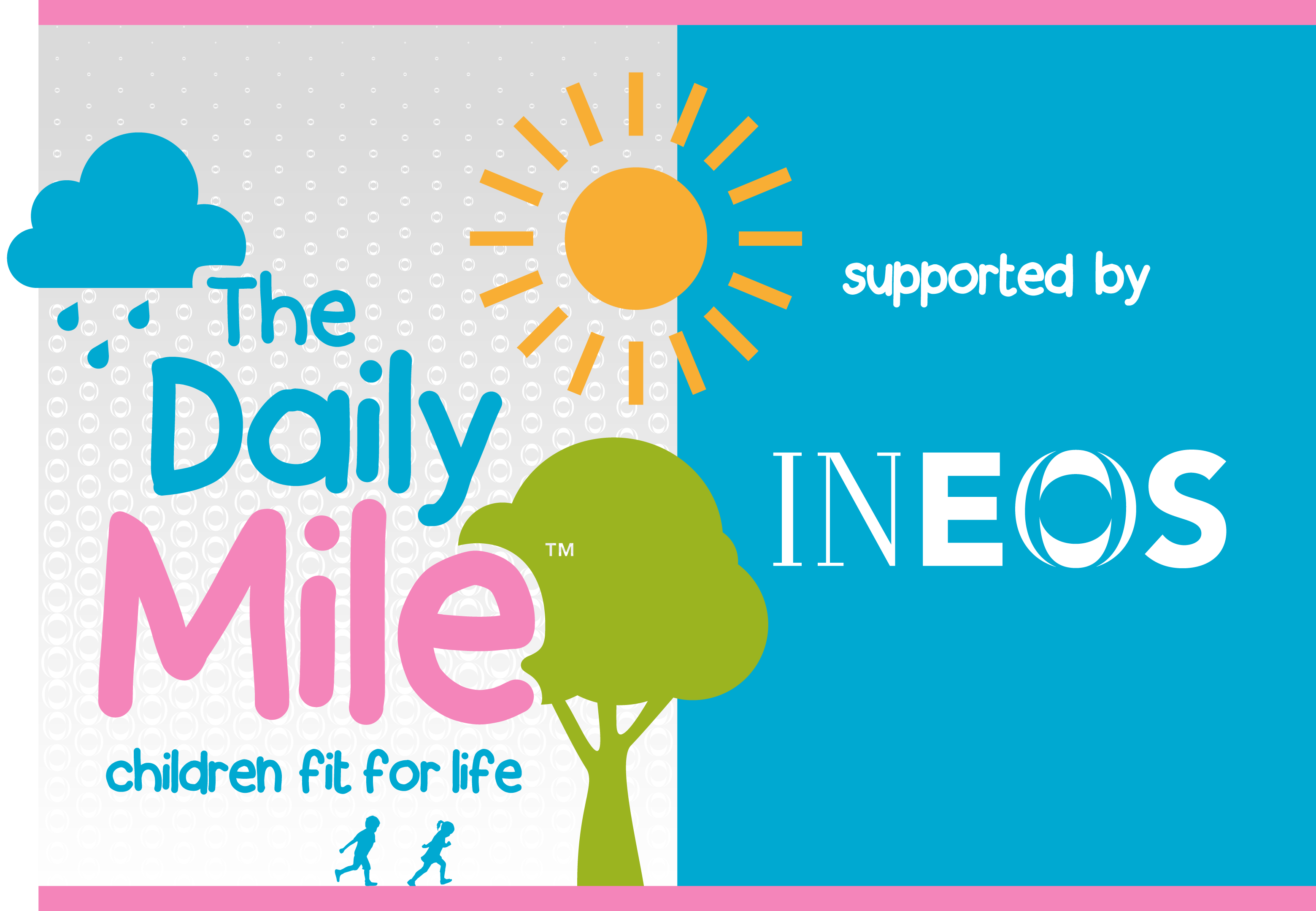The benefits of physical activity for children with Special Educational Needs and Disabilities
Source: BBC Sport
Date: 10-April-2019
We thank BBC Sport for this mention, however advise that The Daily Mile should be done as per Core Principles – 15 minutes, every day, during curriculum time.
What are the benefits?
For all children, the benefits of engaging in regular physical activity are well-established. Focus is often cast on physical benefits such as improved cardio-vascular fitness, reduced risk of becoming overweight or obese, and increased bone and muscle strength. These are especially important for children with Special Educational Needs and Disabilities (SEND) who, in general, experience poorer physical health outcomes than other children of the same age.
There is also evidence pointing towards a relationship between physical activity and improved mental well-being, the development of problem solving skills, and increased concentration and academic achievement among children with SEND. When children with SEND engage in physical activity in groups, especially when those groups include children without SEND, they have been found to develop important life skills like verbal and non-verbal communication, sharing and the ability to make and keep friends. These skills are crucial in later life for developing strong and supportive social networks, gaining employment and living independently.
Inclusion
‘Inclusive’ physical activities, whereby children with and without SEND participate with and against each other, are beneficial to all children. For instance, research suggests that there are significant social benefits for children without SEND, such as increased tolerance to individual differences, greater awareness and sensitivity to human diversity and the needs of others. Therefore, the onus should be on physical activity providers to deliver inclusive physical activities, whether that be in school, club or other settings.
…
Playground markings and ‘The Daily Mile’ are also being used by schools to encourage physical activity engagement during break time. Here, success will depend on the extent to which these opportunities are aligned to the specific needs and capabilities of the children. ‘One size fits all’ approaches are mostly ineffective ways of increasing physical activity participation levels among children with SEND. Therefore, it is vital that those delivering physical activity to children with SEND have the appropriate knowledge, skills, experience and confidence to do so.
…
This article has been reproduced with the kind permission of the content creator, BBC Sport. To read the article in full, please click the link below.




